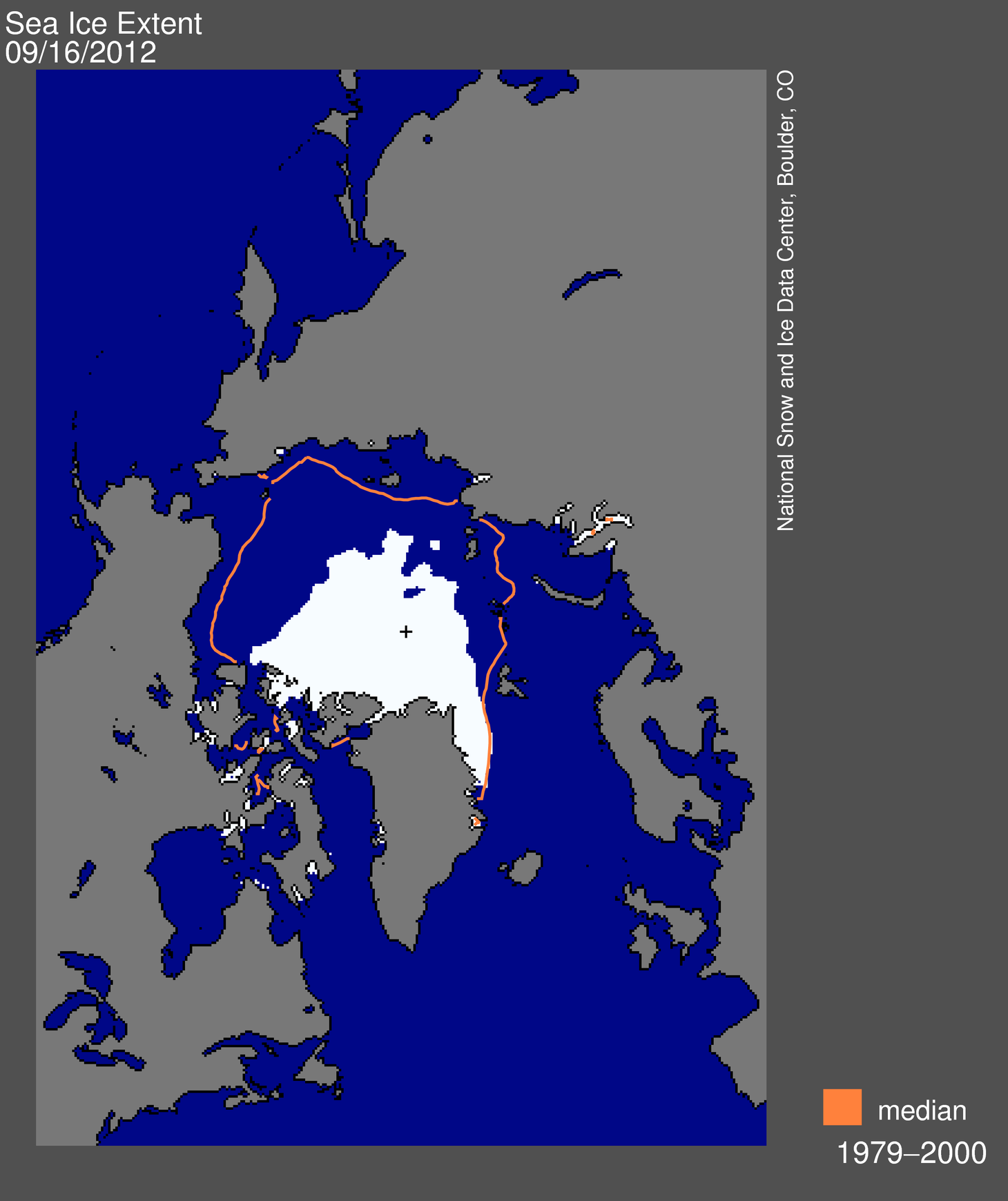I'm fortunate to be spending this week at the University institute of Svalbard (UNIS - pictured) where I am teaching the undergraduate program on environmental management. It is my 5th trip to Svalbard, a magic part of the word, located remotely 1000 miles north of Norway and parallel to the northern tip of Greenland. It is an amazing place, home to the small settlement of Longyearbyen with a population of 2000 people where I am based for the week. I'm here in the busy tourist season where daily flights bring in hundreds of tourists for polar activities including dog sledging, snow mobile tours, and wildlife watching including polar bears, reindeer, and sea birds. Longyearbyen is also home to a resident international student population (including students from SAMS) at UNIS that teaches different aspects of Arctic polar science.
As I flew in late Sunday night, I saw a snapshot of the sea ice around the archipelago as it begins to fracture and retreat northwards. Miles above the ocean and in the clear Arctic air, you get perspective of the expanse of this region combined with its stunning beauty and fragility. With the recent return of 24 hour daylight the Arctic is thawing and the cycles are moving from winter to spring with the annual retreat of the sea ice underway. I'm currently at the southern edge of the March distribution and as the
sea ice moves through its peak to the summer minimum I wonder what
changes this year will bring to the Arctic.
As shown by the National Snow and Ice Data Centre) Arctic Sea Ice update, the region is one of the most rapidly warming places on the planet. CO2 emissions and associated warming is shifting the region into a new and unpredictable territory characterised by huge reductions in summer sea ice extent and thickness, snow cover, and extensive melting of the Greenland ice sheet. Recent reports from the US National
Oceanic and Atmospheric Administration (NOAA) Arctic Report Card highlight the concerning trends. 2012 highlighted on ongoing downward trend in summer sea ice, and was itself a new record with the lowest seasonal minimum extent in the satellite record since
1979.
The retreat of the ice is driving a frenzy of political, economic and environmental interest not just from the Arctic States themselves but from the global community. The Arctic is well and truly a global issue, from an international action on curbing CO2 and implementing a low carbon economy, to debates over biodiversity conservation and international shipping. The global economic system inherently affects the Arctic through demands for resources and energy which can stimulate Arctic development or steer away from the inherently risky and expensive operations in ice covered areas. While the Arctic states are responsible for management of the region and ultimately decide over the nature of Arctic development, the international community, and we as citizens have an important role to play in influencing the development path. Over the coming days Ill add some substance to this picture, focusing on the links between the Arctic and the rest of the planet.
Stay tuned to Sustainable Seas.
Tuesday, April 16, 2013
Blogging from Svalbard: The Arctic in a time of change...
Labels:
Arctic,
climate change,
climate science,
oceans,
Svalbard
Subscribe to:
Post Comments (Atom)







No comments:
Post a Comment